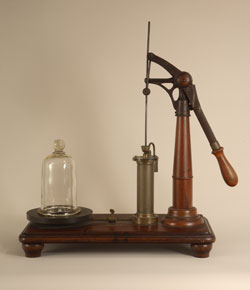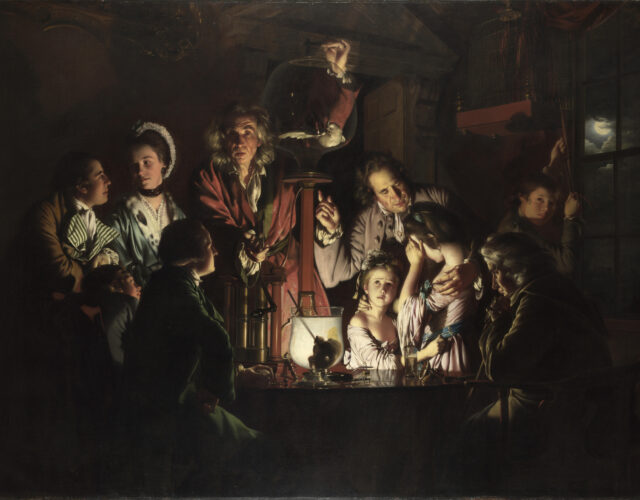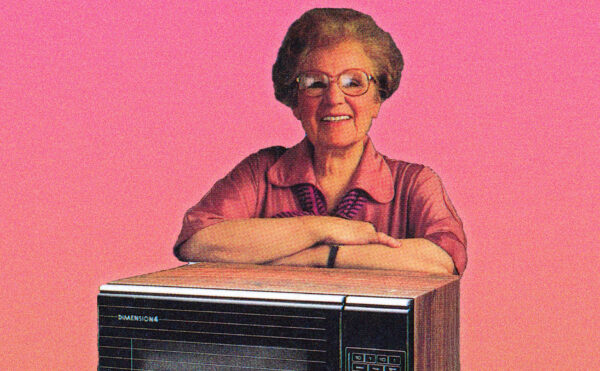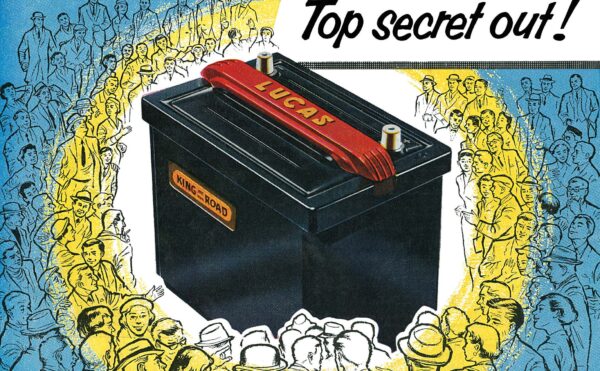In the mid-17th century Robert Boyle, with the help of Robert Hooke, set about building an air pump and with it a whole system of experimental natural philosophy. Boyle’s air pump, or vacuum chamber, created a space for experimentation on air, and it became the expensive centerpiece of a new scientific organization, the Royal Society of London. New Experiments Physico-Mechanical, Touching the Spring of the Air and Its Effects (1660) described the experiments and Boyle’s attempts to understand the nature of air, its effects on animals and respiration, and the relationship between the pressure (“spring of the air”) and volume of gas in a closed system.
Two hundred years later, air pumps still played an important role in science, but that role had changed. In the 1851 Great Exhibition at the Crystal Palace in London’s Hyde Park—a world’s fair of sorts—there were nine British exhibitors of air pumps, as well as two exhibitors from France and one from Denmark. Why? Spectacle.
Nineteenth-century air pumps made their home among other scientific instruments used to entertain, including Leyden jars, hydroelectric machines, galvanic piles, and magic lanterns. Large crowds would gather for magic-lantern shows and thrilling electrical displays meant to showcase the power of nature. Scientists of that time were often masterful performers. Humphry Davy and Michael Faraday, among others, cultivated their abilities as entertainers, enchanting crowds while increasing their own scientific fame.

The air pump in the Museum at CHF was made for this sort of public exhibition—as the name of its manufacturer, Franklin Educational Company, might suggest. The manufacturer even offered accessories, like a bell to be rung in the evacuated chamber to show that without air, it would make no sound. Such knowledge was not being tested anew; the results were predictable and were displayed for an audience’s entertainment.
There might seem a great distance between Boyle’s experimental use of the air pump in front of a small audience of like-minded natural philosophers in Oxford and the widespread public, educational uses of air pumps around the world, but they are of the same tradition. Boyle and his air pump helped change early modern science by insisting on the importance of using the senses and of witnessing nature. And for those who were not there to see for themselves, Boyle’s writing reflected painstakingly (and sometimes painfully) detailed accounts of these experiments. By the 19th century talented performers used more affordable models of the air pump to achieve the same end, bringing the sensory experiences of science to broader audiences. While nature may abhor vacuums, 19th-century audiences loved them.




